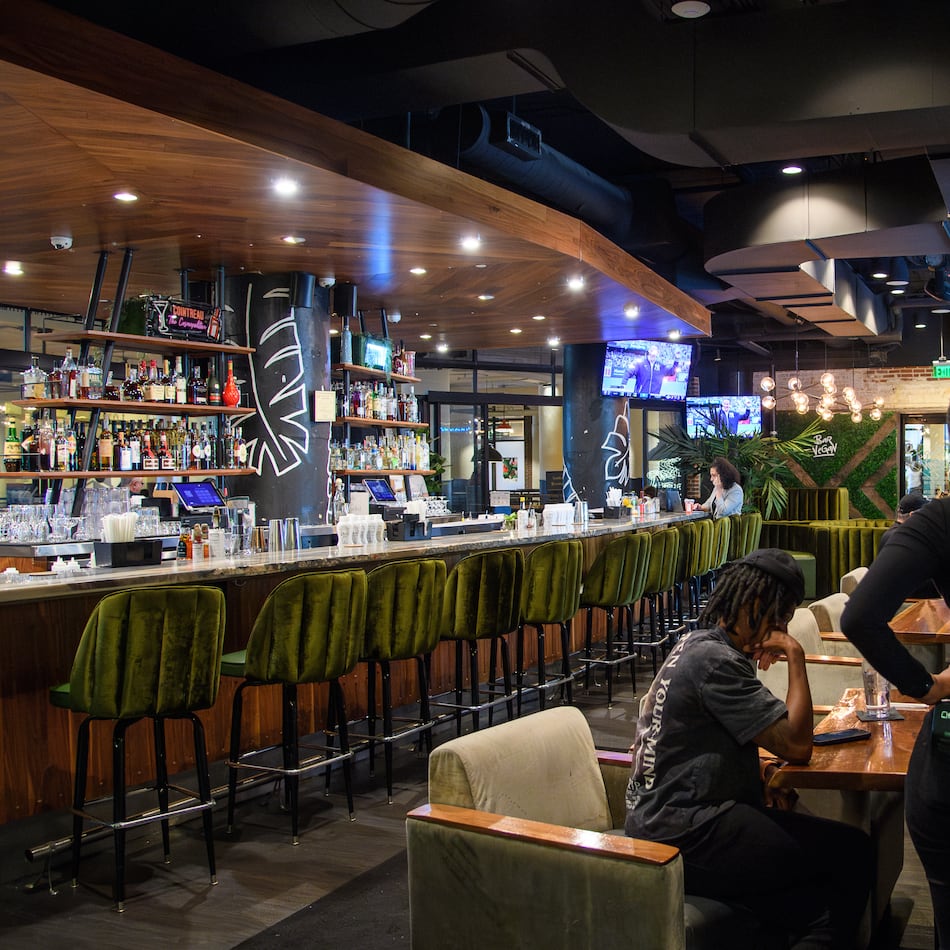When the first detainees from the U.S. invasion of Afghanistan arrived at Guantanamo Bay in 2002, they were confined in the wire-mesh, metal-roof cages of infamous Camp X-Ray, exposed to the elements and the “banana rats” that scuttle around Cuba.
Under international pressure to improve living conditions, and to prepare quickly for more inmates, detention center officials turned to a Georgia company known for its progressive, lock-and-key efficiency.
SteelCell of North America Inc., based in the northeast Georgia town of Baldwin, produced more than 200 prefabricated cells for the island prison, along with a number sent to other locations.
Now authorities from other countries with diverse penal reputations, including Libya and Canada, are talking with the company, which earlier this month opened a 115,000-square-foot plant to keep up with the demand.
“Politics aside, Gitmo is nicer than most of the prisons in this country,” said Ray Handte, vice president of SteelCell, which makes modular enclosures from recycled metal that is resistant to bacteria, noise and graffiti.
SteelCell also has made cells for two metro Atlanta juvenile detention centers; Fort Gordon in Augusta; a private facility in Lovejoy; and for jails in Dawson, Jackson, Rabun, Gordon, Morgan, and other counties throughout Georgia.
“All of our cells are certified according to strict humane, energy-efficient guidelines, but at the same time, any prison is supposed to serve as a deterrent, a place you don’t want to be,” Handte said.
“So they get 3 square feet of natural light, but not a huge picture window that lets them flash their butts to people passing by.”
Company president Mike Smith has advised corrections officials in Singapore, Malaysia and Thailand.
“Anytime a country wants most-favored trade status, the first indicator of its human rights record is its jails. So some of them come to us for help in becoming better world citizens,” Smith said.
Many of SteelCell’s blueprints are sketched in Atlanta at Rosser International, considered one of the country’s top three firms for criminal justice architecture and design. Other collaborations involve Cleveland, Ga.-based Detention Management Services, which helped pioneer the use of electronic ankle bracelets.
“With most of the design work taking place in Atlanta and the manufacturing in North Georgia, this part of the country is considered the hub of detention technology and innovation,” said Tom Rapone, a SteelCell client, retired U.S. marshal, and former secretary of public safety for Massachusetts.
“The steel industry has returned to the South, where it started, and there has always been an unusually high number of criminal justice specialists here, a concentration of expertise.”
In other words, since the chain-gang era, Southern wardens increasingly have been thinking “inside” the box, starting with building materials.
“Prisons used to be made from concrete block because the material was cheap and the labor was available,” said Doug Shaw, director of architecture at Rosser International. “But there’s been a change in the labor force; not as many people lay block, or do it well. Steel is lighter, portable, more cost-efficient and less labor-intensive.”
Following some darker principles of feng shui, the smooth-edged, noise-resistant features of the new cells are designed without any lips, hollows, hooks or detachable items that could be used for contraband, suicide or weapons.
“It’s not a way to make life cushier for the inmate; it’s about crowd control,” Handte said.
About the Author
Keep Reading
The Latest
Featured


